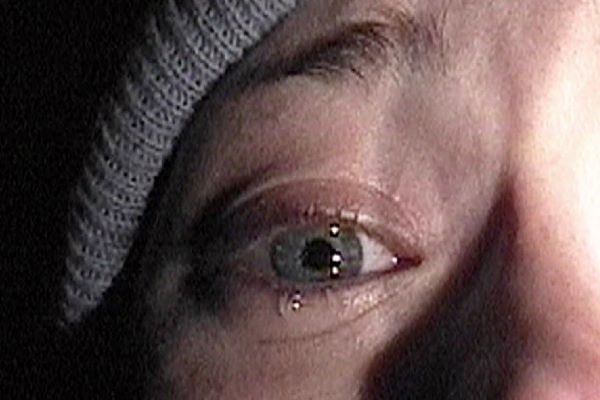This brisk primer to found footage horror movies takes a standard approach to its subject through the traditional raft of talking heads and film clips. It is sure to attract devotees of this occasionally much-maligned subgenre without showing them anything new, and is unlikely to convert those sceptical of its charms. With its scattergun construction including some baffling inclusions and omissions, it’s actually difficult to see who this is actually for, although it’s a far preferable watch than some of the dubious pleasures it actually discusses.
Co-directors Sarah Appleton and Phillip Escott posits the evolution of found footage as one of technology rather than politics, history, or anthropology. This is logical. The films discussed are unified by method rather than theme. The general consensus is that, whatever the subject explored, the use of found footage aesthetics gives a sense of urgency and authenticity. The limbic section of the brain can be more easily fooled into believing what is on screen is real. As such, the filmmakers place the subgenre squarely within a lineage dating back to Orson Welles‘ infamous 1938 radio broadcast of The War of the Worlds, and taking in Peeping Tom and the Mondo films of the ’60s.
Having established this lineage, the The Found Footage Phenomenon retains a largely chronological narrative, although they leap a few decades to take 1980’s Cannibal Holocaust as something of an ur-text for our understanding of the mechanics and aesthetics of the films mentioned. We then get a whip-crack tour through the likes of The McPherson Tape, the BBC’s ingenious, iconic Ghostwatch, The Last Broadcast, (of course) The Blair Witch Project, [Rec], Paranormal Activity, and Host. These are accompanied by interviews with the filmmakers themselves, such as Ruggero Deodato, Eduardo Sánchez, and Jaume Balagueró. Film critic Alexandra Heller-Nicholas, author of a respected book on the subject, does an excellent job of wrestling largely anecdotal material into some kind of thematic framework.
Strangely, the documentary expunges some of the more respected titles like the V/H/S series, The Bay, and (strangely given the focus on the technological evolution of the genre) Unfriended, in favour of obscure deep cuts like Derek Lee and Cliff Prowse‘s Afflicted and Richard Raaphorst‘s Frankenstein’s Army, and the widely despised Hate Crime (the latter complete with an uncomfortably defensive interview with director James Cullen Bressack). One can only assume inclusion was based on the willingness of the filmmakers to take part. No Adam Wingard, Timo Tjahjanto, or the Radio Silence guys = No V/H/S. But not even a mention? Also, the insistence that ‘proper’ found footage is inherently lo-fi and scuzzy leads many interviewees to discount the otherwise entirely applicable Cloverfield as being ‘too Hollywood’.
Despite the strange approach that gives equal weight to all the films mentioned the gems still shine through, and surprise surprise, they are the acknowledged classics like Cannibal Holocaust, The Blair Witch Project, and Paranormal Activity. The reason is, that they are clever films with strong narratives and use their chosen method of presentation with intelligence. But we already know that. Perhaps the biggest failing of The Found Footage Phenomenon is that, while watchable, it doesn’t make want us to track down the gaps in our viewing, unlike the comparable Woodlands Dark and Days Bewitched, Kier-La Janisse‘s exhaustive and exemplary plunge into folk horror. Not exactly a waste of time, and it makes a good fist of arguing the merits of one of the least-regarded movements in horror, but it’s nothing more than a cinematic CliffNotes for its subject.
Screening on Shudder from Thu 19 May 2022
